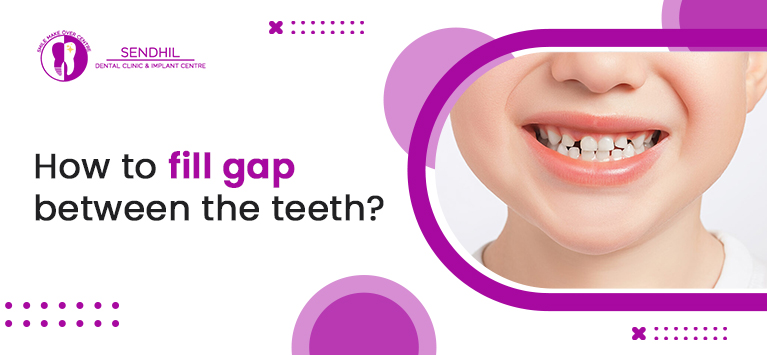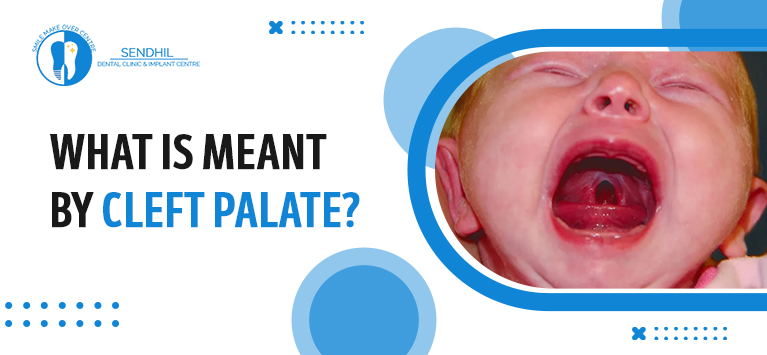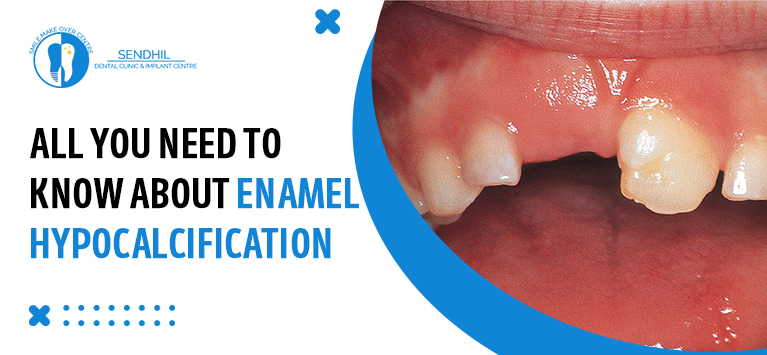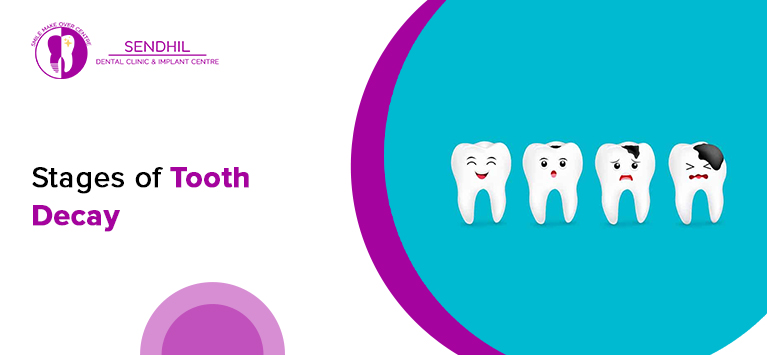What is meant by Cracked Tooth Syndrome?
Cracked Tooth Syndrome (CTS) happens when a tooth encounters a rupture of unknown length without losing any part of the tooth. The cracks occurred are very small and sometimes underneath the gums. Hence it is quite hard to discover the syndrome.
Meanwhile, the minute fractures in the damaged tooth have to be rectified immediately. Otherwise, they progress to the underlying regions including tooth and cause vertical root fracture which cannot be treated or fixed.
What causes cracked tooth syndrome?
It is hard to reveal the exact cause of this ailment as various dental disorders are related to damaging the teeth. Dentists believe that some endangered oral habits and poor craftsmanship in restorative dental treatments are related to this problem. Some common causes include:
- Teeth Grinding backward and forward
- A sudden blow to the mouth
- Chewing ice cubes
- Biting hard substances. For instance, Pencils and Pen Caps
- Extensive dental filling
- Complex dental treatments received earlier
Besides these, people who received Root Canal Treatment are also prone to this syndrome. Likewise, people who are above 50 years have higher chances of affected with cracked teeth.
What are the types of cracked teeth?
Depending on the depth of the fracture occurred in the tooth, the cracked teeth are categorized as follows:
- Craze Lines – These are extremely small cracks on enamel, the white-colored hard outer covering of the teeth. The craze lines look line scratches on the teeth.
- Fractured cusp – It is the crack that occurred around the fillings placed in a tooth. This can be easily treated because it is an incomplete fracture and cannot be propagated to the underlying regions.
- Vertical cracks up to the gums – The cracked teeth are restorable until the fracture extends and reaches the gum region. Dentists say that the propagation of cracks to the gum indicates that the tooth’s underneath regions like dentin are infected with the cracks.
- Split tooth – When the vertical cracks travel beneath the gum region, the degradation of the cracked tooth starts. The propagation is quite harmful and makes the tooth split into separate pieces.
- Vertical root fracture – It is the crack encountered in the tooth root and traveled throughout the apex. The vertical root fracture occurs with improper Endodontic treatment procedures. If the dentin is removed excessively or the root canal is filled with an abundance of gutta-percha, it will end in the root cracks.
How can the cracks in a tooth be diagnosed?
Diagnosing the cracks or fractures in a tooth is a difficult thing. As they do damage a small part of the teeth with minimal damages, they do not induce pain and cannot be identified with X-rays too.
However, dental doctors are ready with various accessories to analyze and obtain the cracks in a tooth as follows:
- Magnifying lens
- Dental dye
- Radiographs
- Fiber optic handpiece
Is it possible to save a cracked tooth?
Securing a cracked tooth is possible with certain dental treatments until the fracture extends beyond the gum line. The possible treatment options to restore the cracked tooth include:
- A composite resin is bonded on the cracked region to prevent the propagation of cracks.
- Crowning the tooth with a dental cap
- Root Canal Treatment
Conclusion
It is found that the molar teeth are highly susceptible to encounter cracked tooth syndrome. As they do not show symptoms in the earlier stages, prevention is possible with the immediate dental consultation when you see an atypical appearance in your teeth because it might be the initial point of the syndrome.












